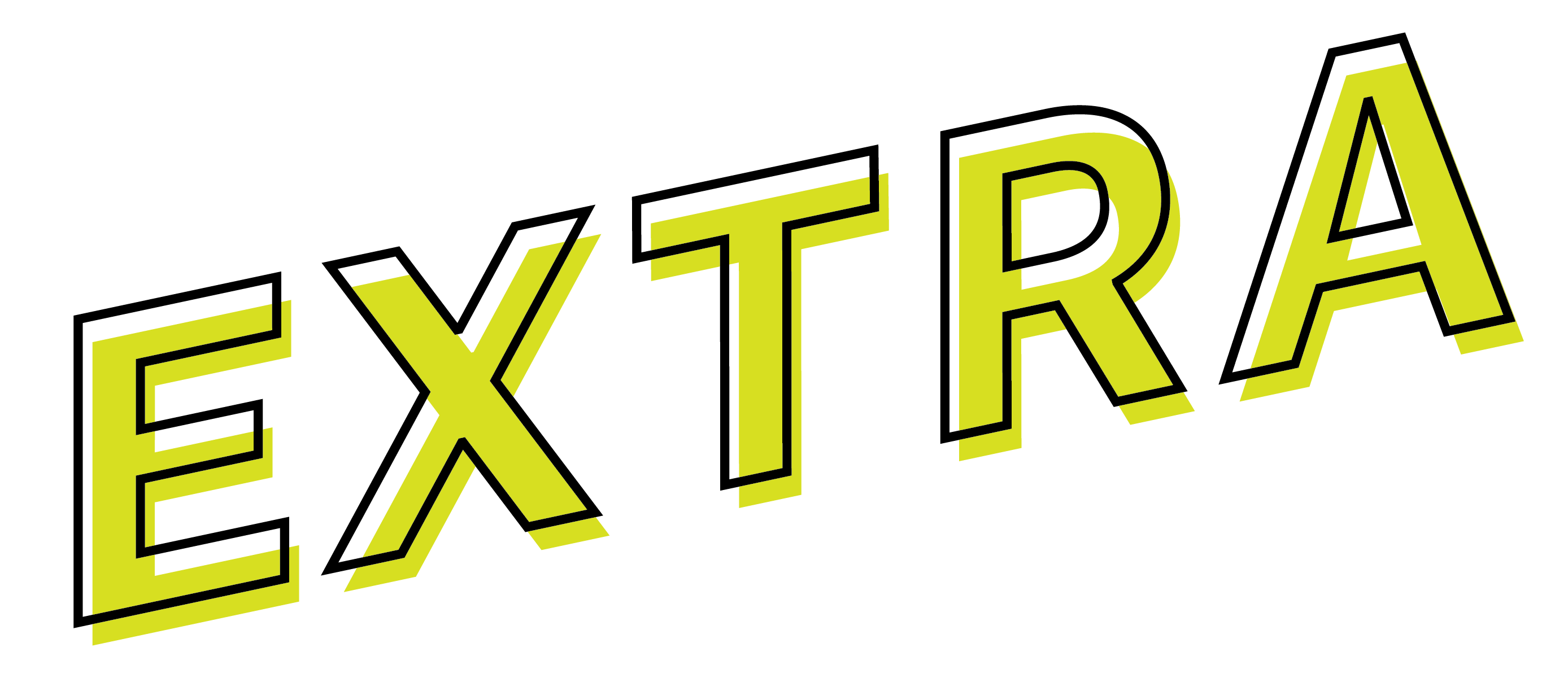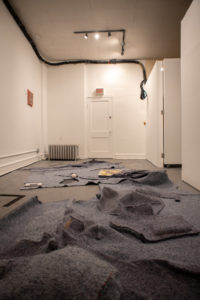PROJECT 002
Slow Fixtures
KAT GU / JO GECZY
02.01.2019 - 02.22.2019
This show brings together works from five painters whose works visualize the figure through the lens of abstraction and the developing Chicago tradition of the figure under pressure. These artists find their compositions neithernot through pure abstraction nor through literal description of human form.
Free Play refers to the Kantian notion that we describe art as “production through freedom, i.e. through a will that places reason at the basis of its actions”, this freedom being humanity’s capacity for the transformation of what is and what ought to be. The title also takes inspiration from Also from James P. Carse’s notion of the infinite game, where “…the only purpose of the game is to prevent it from coming to an end, to keep everyone in play.” In order to do this “…the rules of an infinite game must change in the course of play.”
This is how these painters proceed with their works: they start with an idea and let the image evolve and change as play would dictate. For example, an arm doesn’t need to stay where it makes anatomical sense for it to be, or even look anything like an arm if that seems less restricting. These artists use what was to inform what could be.
Outside the limitation of speaking and interpreting, Kat Gu‘s work proposes a kind of communication without communication, and without consensus. The act of silencing, for her is a way to disengage with defined meaning or concrete ideas, and to not treat herself as the authority of her own work. Her voice as an artist is informed by systems of representation and power that she did not invent and she cannot control, and these systems are at work within her as she tries to tune them out.
chicagoartistscoalition.org/artists/kat-gu
Working through the language of painting, Jo Geczy‘s recent installation work has been motivated by mourning and an investigation of spaces of loss. Attempting to configure an absent body or bodies in between material shifts, and in space between objects and texts which address them, her work finds root in theorizations of desire and precariousness as the strongest sources of self-consciousness, and central to the formation of subjects. The materials and forms present in her work act as visual nodes of porousness, binding, containment and protection, held together both in quick fixes and by gestures of repeated, careful labour.





















